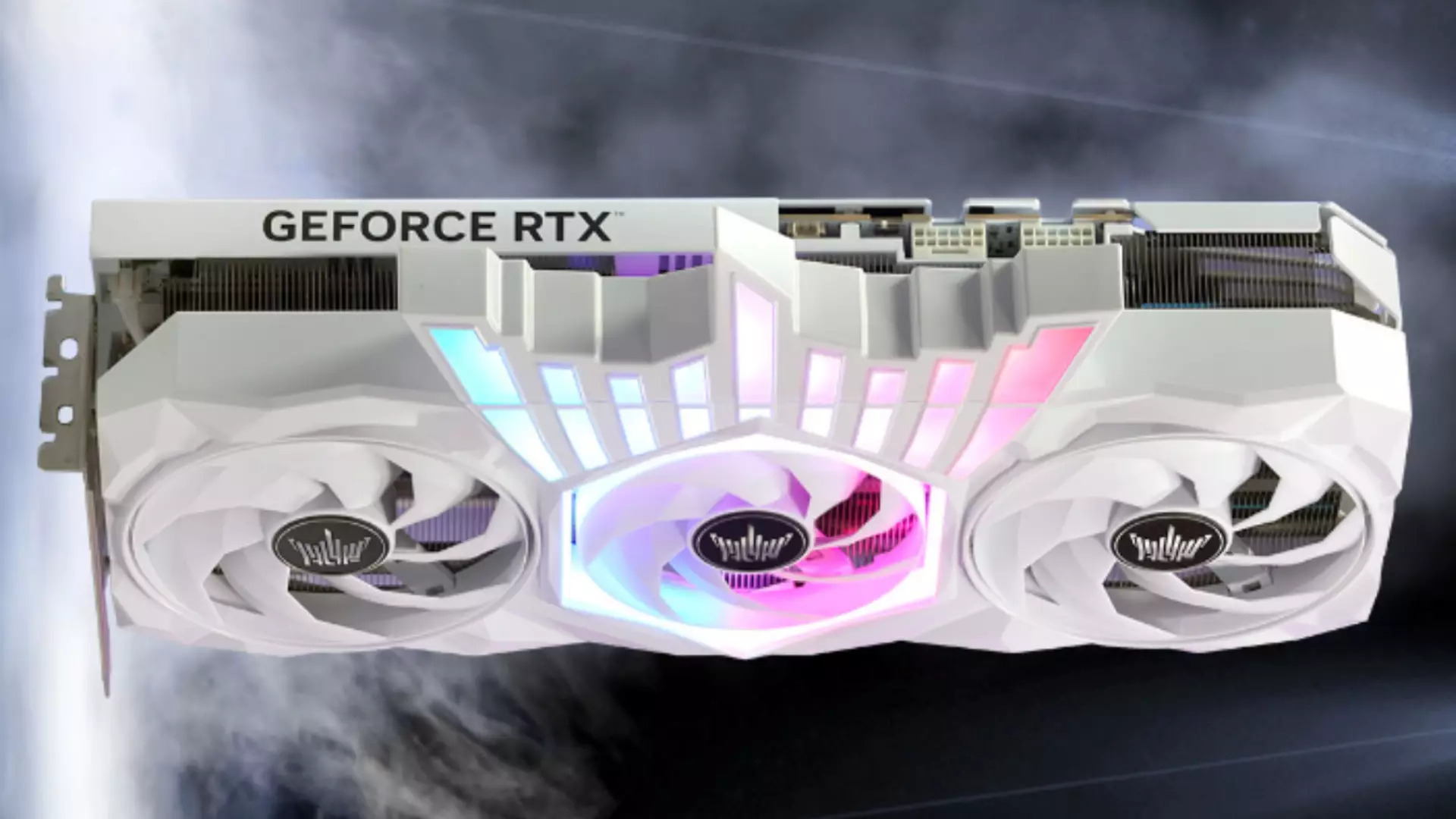In the ever-evolving world of high-performance computing, graphics card manufacturers continually push the boundaries of what is technically feasible, often blurring the line between practical use and raw experimental power. The Galax RTX 5090 D HOF XOC Edition exemplifies this relentless pursuit of extremity, presenting a card that is as much a statement of engineering bravado as it is a tool for overclocking enthusiasts. This GPU is not merely an upgrade; it is a testament to what happens when ambition and hardware expertise collide, resulting in a product that aims to shatter benchmarks and redefine potential.
What truly sets this particular model apart is its audacious approach to power delivery and overclocking capabilities. The sheer hardware overengineering signals that Galax isn’t satisfied with traditional performance metrics; instead, they aspire to unlock untapped reserves of computational fury. Equipped with a robust 12-layer PCB, a 38-phase power system, and dual 16-pin power connectors, this GPU’s design is a fortress built to handle electrical strain that would make conventional cards tremble. The understanding that overclockers seek stability at such high wattages fuels this engineering feat—though realistically, these numbers remain within the realm of theoretical extremes rather than everyday use.
The Mythical BIOS and Its Surreal Power Limits
Perhaps the most provocative aspect of the RTX 5090 D HOF XOC Edition isn’t its physical construction but what’s hidden beneath its firmware. Reports from the enthusiast community reveal a BIOS enabling a staggering power ceiling of 2,001 W—enough to make even seasoned overclockers pause. The number itself is ostentatiously absurd; it’s a symbolic figure quite intentionally chosen to demonstrate the card’s potential rather than an actual operational ceiling. In practice, hardware limitations and safety protocols still enforce a more reasonable cap—around 1,000 W—ensuring the hardware doesn’t spontaneously combust under the weight of its own excess.
This bios creates a tantalizing window into what overclockers aspire to achieve—pushing the limits of GPU thermals and power management to their absolute edges. It’s worth noting that such BIOSes are not widely circulated or accessible to the average user. Instead, they are shared discreetly within niche communities, often on obscure forums or directly through specialized contacts. The secrecy surrounding this firmware intensifies the mystique, turning the GPU from a consumer product into a clandestine weapon designed solely for record-breaking endeavors.
Performance Milestones and the Overclocked Legends
The triumphs enabled by this extreme BIOS aren’t just theoretical. Team OGS demonstrated what is achievable when combining top-tier hardware with liquid nitrogen cooling and relentless tuning. They managed to hit astonishing clock speeds of over 3,650 MHz—a massive leap from the stock configurations—setting a new record in the 3DMark Port Royal benchmark and showcasing the card’s raw potential when pushed to its limits.
However, these achievements come with an important caveat: they highlight the extraordinary rather than the everyday. While ordinary gamers might not have access or the desire to run their hardware at such extreme conditions, the existence of these records invigorates the broader community. They serve as proof of concept—that hardware can transcend conventional boundaries, but only through a willingness to embrace risks, complexity, and often, a bit of secretive machination.
The Future of Overclocking and Its Intrinsic Risks
This powerful card and its associated BIOS reflect a fundamental truth about innovation: to push boundaries, risk must be embraced. Yet, that risk is non-trivial. Power supplies, motherboards, cooling systems, and even the user’s own safety are all factors that become secondary when the goal is to shatter benchmarks. Such endeavors, while inspiring, serve more as illustrations of potential rather than practical advice—that the true limit is shaped by the engineering courage to explore the unknown.
In the end, the Galax RTX 5090 D HOF XOC Edition exemplifies a daring philosophy: that technology should challenge the status quo, even if it’s not meant for everyday use. It’s a celebration of extreme engineering, a reminder that the pursuit of performance has no finish line—only ever-expanding horizons for those brave enough to chase them.

